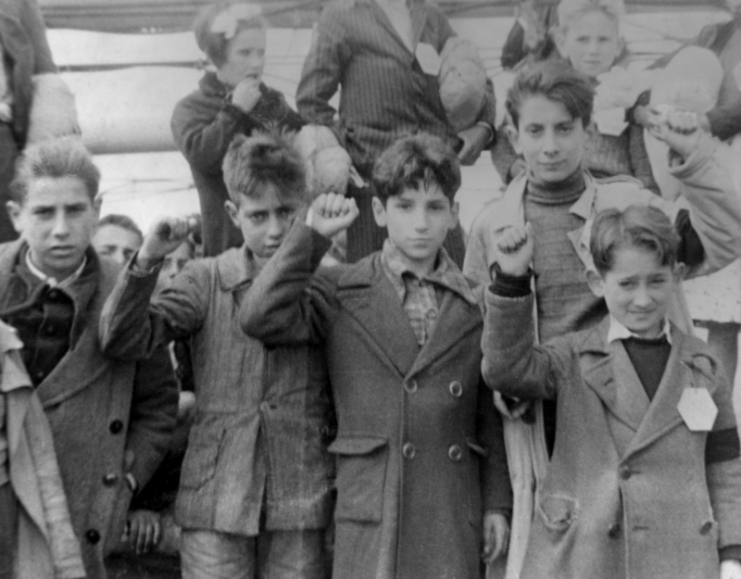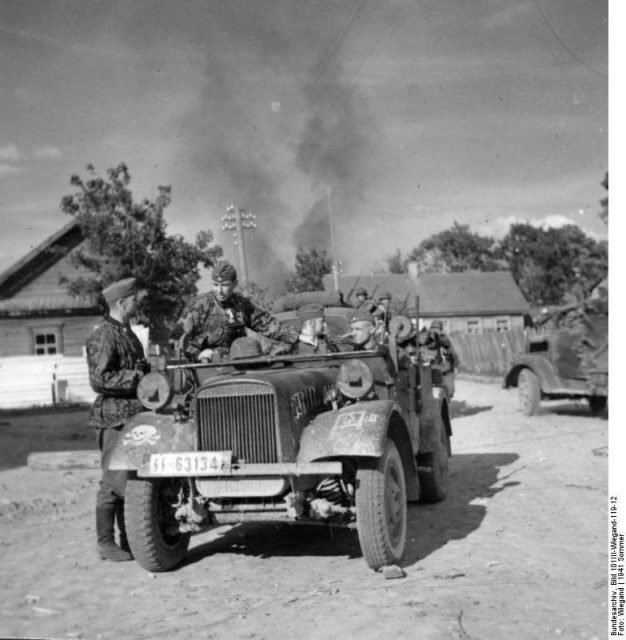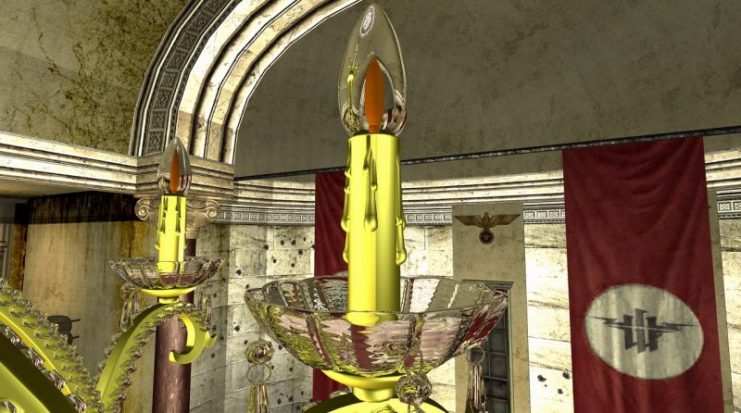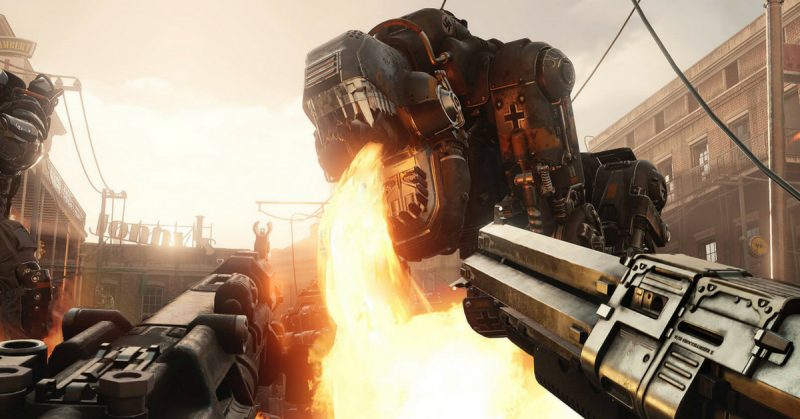Germany’s unified answer to the Holocaust has always been to acknowledge their role in it, accept responsibility and criminalize anything that could potentially stand in the way of the official narrative, or do further harm to the aggrieved peoples.
The German penal code, and specifically Section 86a of the German Criminal Code, outlaws the distribution or public use of symbols of groups deemed unconstitutional, and includes flags, insignia, uniforms, slogans, and forms of greeting.
The law is a Cold War provision intended to stem the spread of propaganda. This list includes effects of the former communist party, and naturally, the Nazis, including the swastika, the Nazi salute, and all use of imagery associated with National Socialism.

The only exceptions seem to be made with works of supposed artistic merit, science, research and teaching as determined by the government. Some of the symbols and images banned by the German government include the swastika, the Odal rune, the Aryan fist, the Iron Cross with the Nazi Hakenkreuz, the SS Sig runes and the SS Totenkopf.
This came to a head in 1992 when the video game company id Software produced Wolfenstein 3D. The game was a first-person shooter and involved one solitary soldier left alone in a Nazi military base and forced to fight his way out. The levels were essentially based off of Nazi bunkers, and include Nazi imagery.

The ruling came down in 1998 that the game would be banned in Germany with the reasoning being that impressionable children and adolescents, for whom computer games are both attractive and increasingly in use, could otherwise be confronted with symbols of national socialism organizations and therefore become socialized to accept their presence, which could lead them to ideological manipulation by national socialist ideas.
As a result, the game was geo-locked, a process that excludes people in certain locations from using the content, to exclude consumers in Germany. Now twenty years later this has changed, and after a heated debate involving the Wolfenstein franchise, both computer and video games can include swastikas and other Nazi symbols.

In the sequel to Wolfenstein, images of Adolf Hitler had previously been doctored in order to remove his mustache, as well as any depictions of the Nazi flag, which was otherwise replaced with a nonsense triangular symbol.
The gaming community protested that video games had come a long way since pong, and its 8-bit infancy, and should henceforth be given the same treatment and respect as art, films and other forms of expression. For example, films set in the era of the second world war are allowed to be shown in Germany using Nazi symbols.
After a lengthy debate, the German government agreed, and lifted the ban for use on video games, but with the addendum that all future content will be examined by the Entertainment Software Self-Regulation Body (USK) to determine whether or not they will constitute such exceptions.
The USK is also responsible for providing age ratings on video games, and the organization made the decision after being granted the task to determine what is socially permissible in video games by Germany’s youth protection services.
Read another story from us: Military Tradition: Germany’s Problem With Its Past
The change has come about as a result of a new interpretation of the law, in which games that look critically upon current affairs can receive a USK rating for the first time, according to Elisabeth Secker, the managing director of the USK.
This interpretation has long been used in the case of films, and with respect to other matters of artistic freedom, and it is now the case with computer and video games. She also added that the USK will responsibly perform its task.
